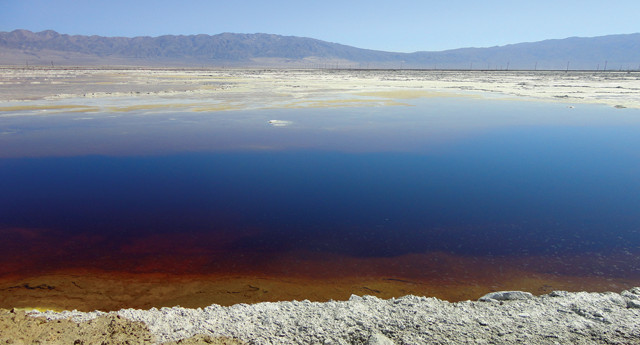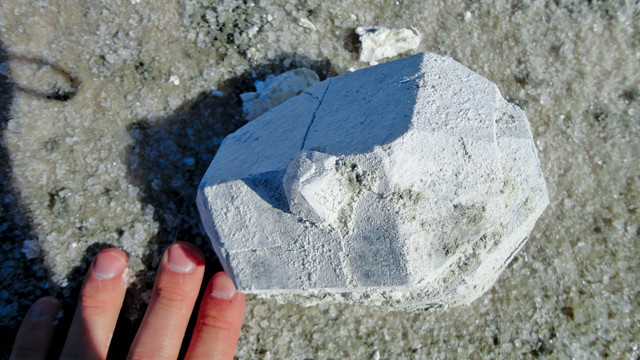
by The American Geosciences Institute Monday, June 1, 2015

Scroll down for the answer

Scroll down for the answer
Scroll down for the answer
Answer: Located in the Mojave Desert of California, Searles Lake is an endorheic basin, meaning it has no natural outflow. The region’s arid conditions and the mineral-rich waters flowing into the lake contribute to the formation of abundant evaporites, such as hanksite, as well as distinctive features like the Trona Pinnacles. Photo is by Callan Bentley. June Winners: Douglas Albach (Reva, Va.) Robert Couch (Corrales, N.M.) Steve Kupferman (Rancho Murieta, Calif.) Ronald Parratt (Reno, Nev.) Fred Taylor (Tyler, Texas)
Visit the Where on Earth? archive.
EARTH also welcomes your photos to consider for the contest. Learn more about submitting photos here.
© 2008-2021. All rights reserved. Any copying, redistribution or retransmission of any of the contents of this service without the expressed written permission of the American Geosciences Institute is expressly prohibited. Click here for all copyright requests.